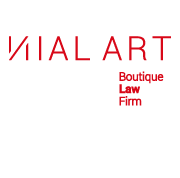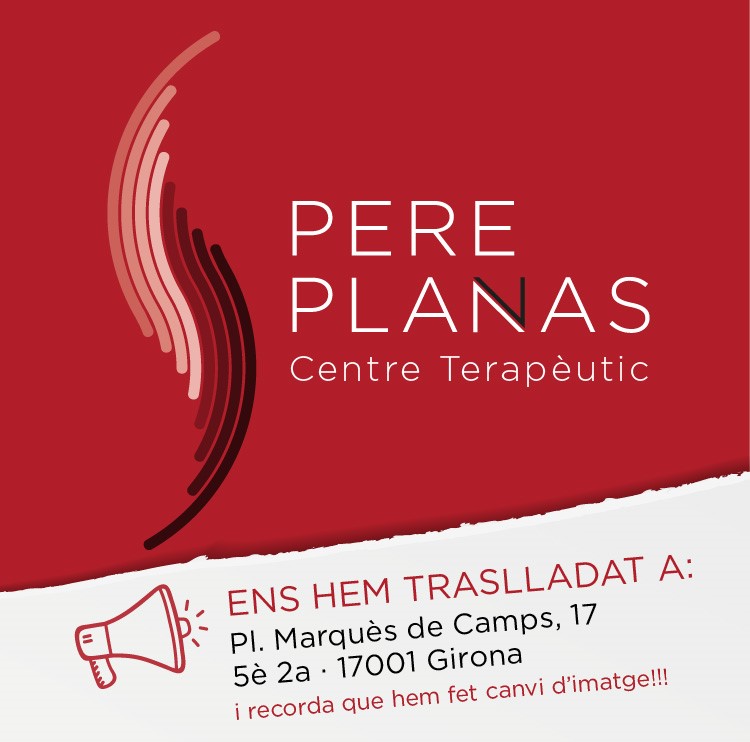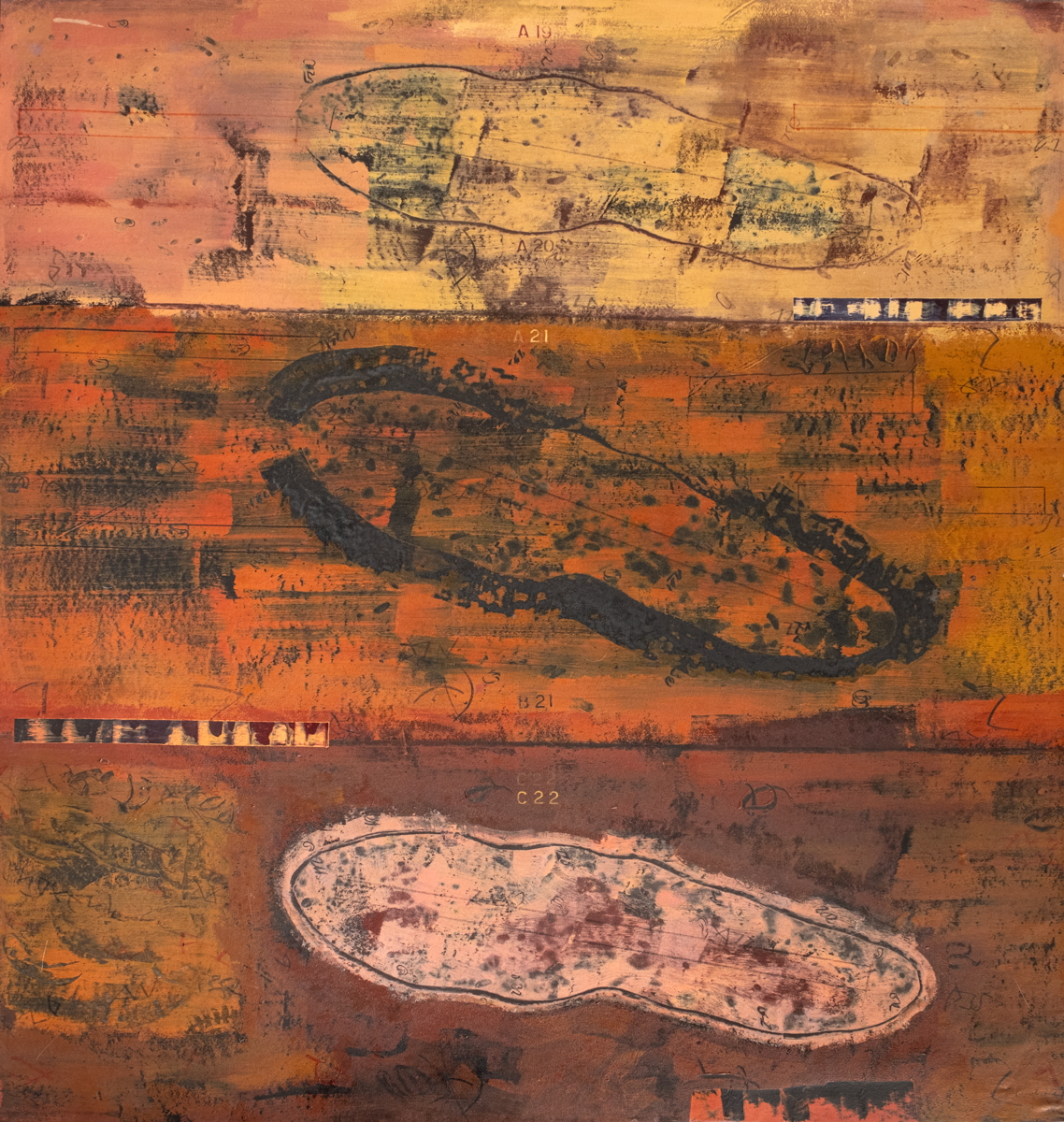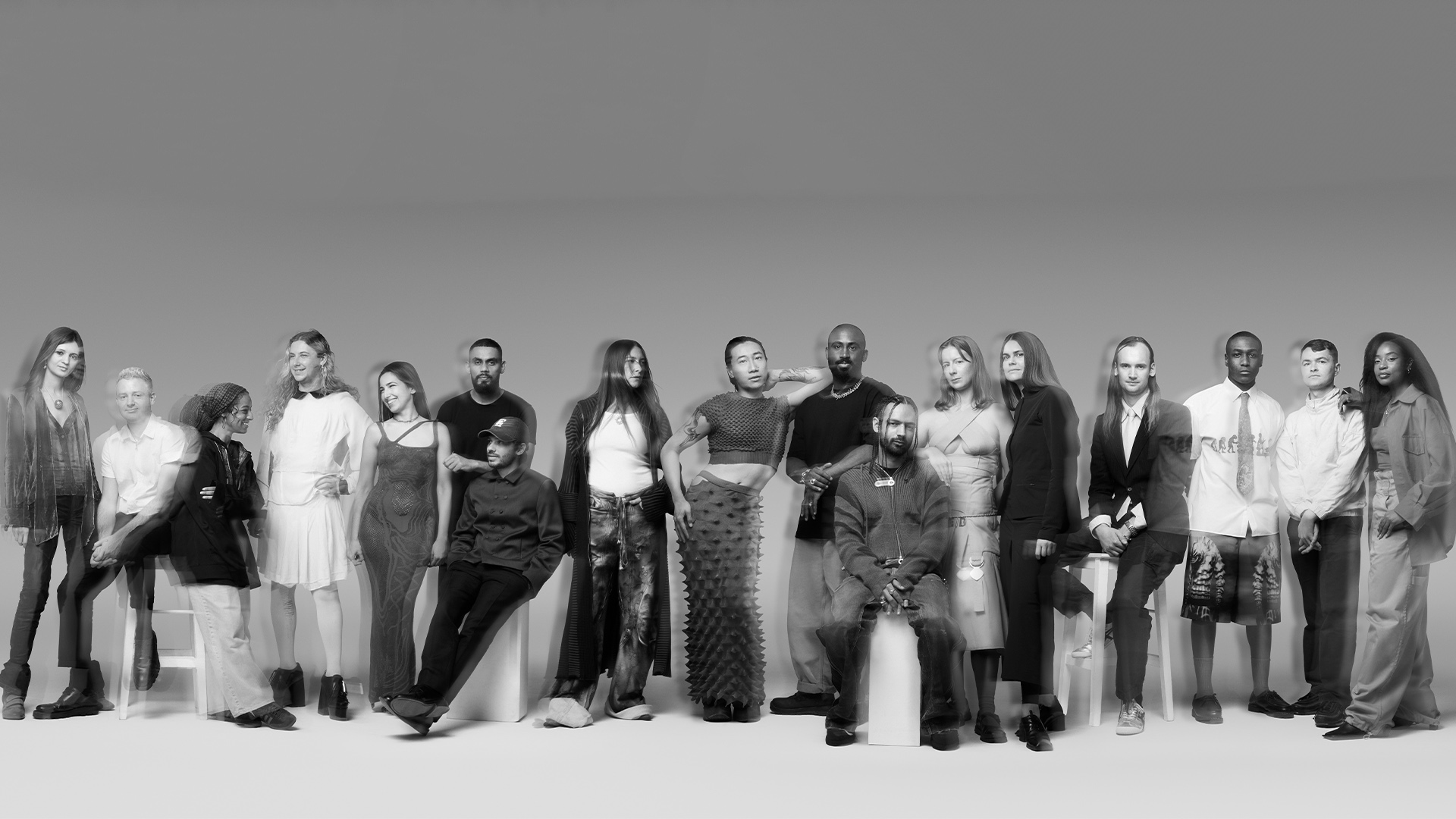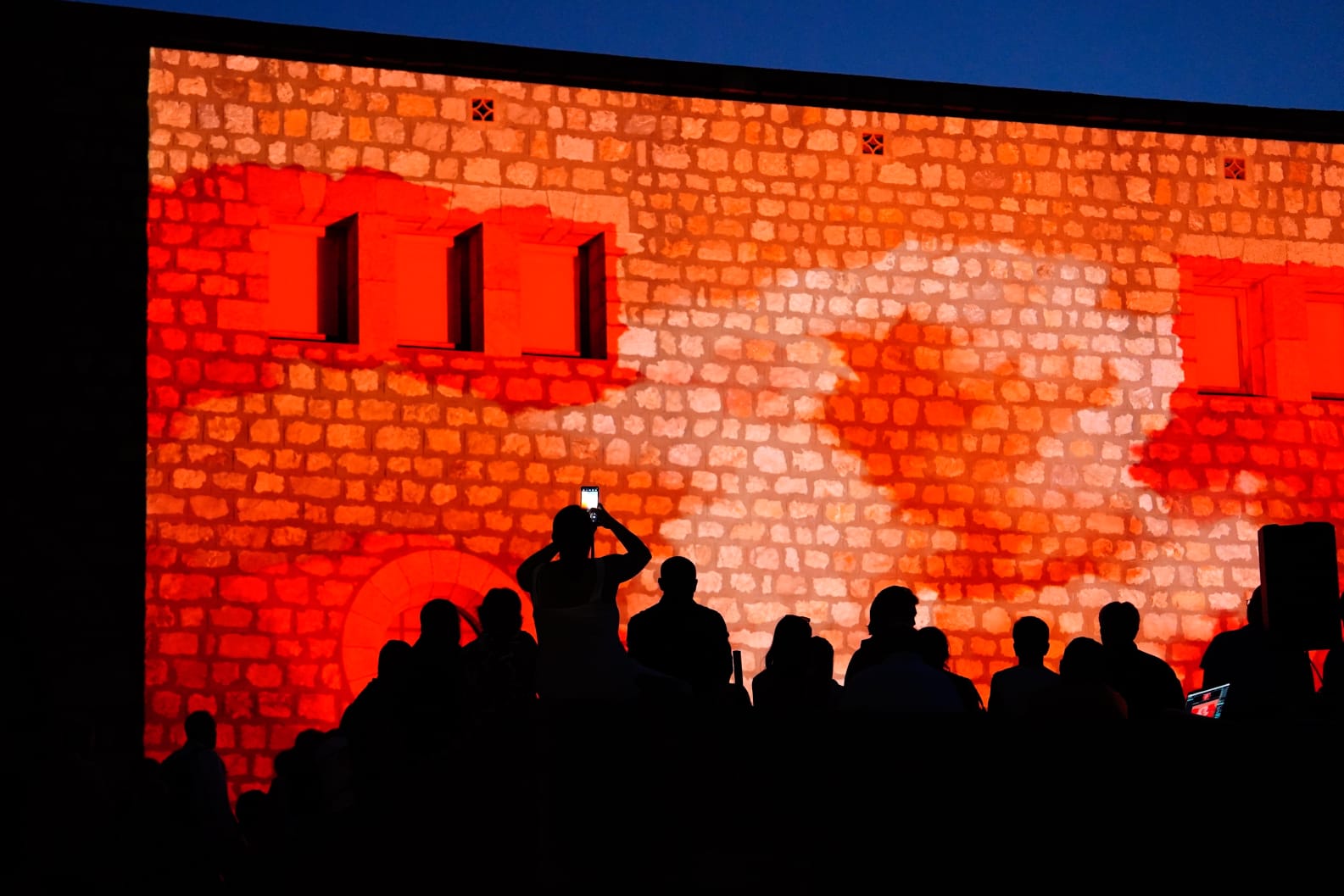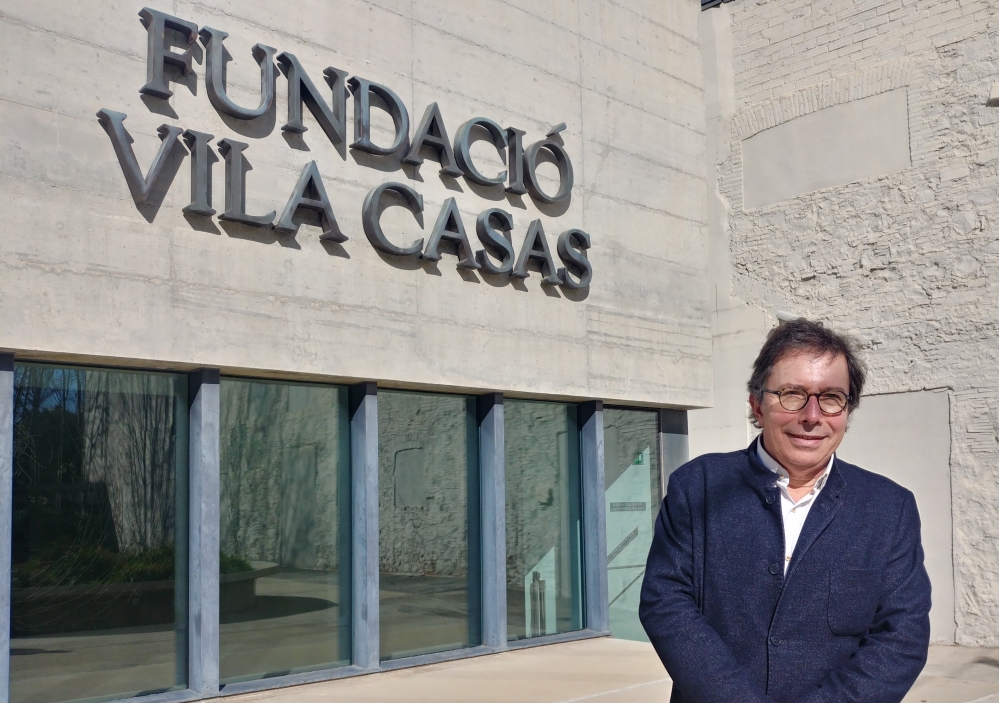interviews
Miguel Zugaza, Director of the Museum of Fine Arts of Bilbao: "The museum must commit itself to the challenges that society faces"
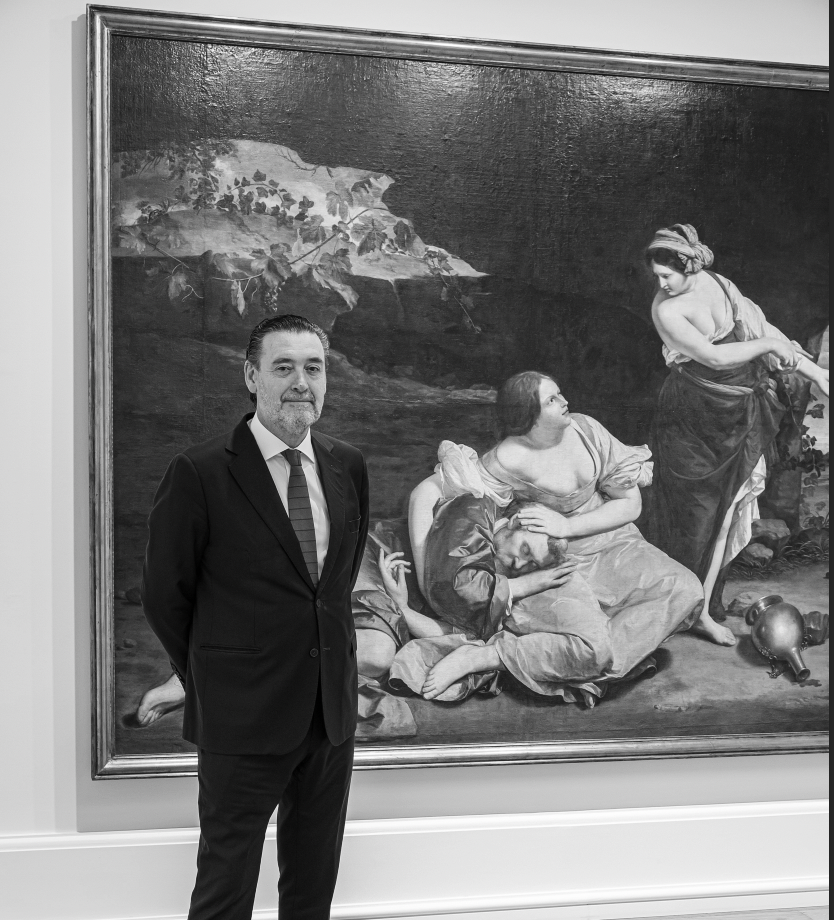
What does the expansion they have done to the Museum mean and how are they dealing with it?
The expansion project had already been hidden by the previous management of the museum. The growth of both the collection and the activity of the museum required its physical resizing. First, the major reform that took place in 2001 entailed the modernization of the infrastructure but not an increase in space, necessary to eloquently express the value of the collection and the program of public activities. It would be necessary to add the new context arising from the success of the Guggenheim museum, which transformed the city based on art, culture and museums and led to the appearance of a new visitor. From its origin, the Museum of Fine Arts of Bilbao had been designed for the local community of art lovers and not to receive the enthusiasm of this new audience from other origins that today we call cultural tourism. This phenomenon also has an impact on the museum and points again to its expansion. The third reason when judging the extension was the urban development of the museum's environment that faces a new city, a truly incredible extension of Bilbao towards the estuary, with that almost totemic element that is the tower of 'Iberdrola. There was, therefore, a need to rethink the museum in a new setting where the architecture and urban planning of the 21st century have manifested themselves so radically. With all these ideas we are calling the international competition to expand the museum.
How was the reception of this contest?
We were very surprised by the large number of international architecture teams interested in the competition. Bilbao is already a museum of contemporary architecture, which makes the presence in the city very important for architects and urban planners. In the selection of six teams there were several Pritzker Prize winners and finally the winning option was the one presented jointly by Norman Foster and Luis María Uriarte, author of the 2001 museum reform. Their project facilitates everything we were asking for : the resizing of the museum in its urban environment and a better communication between the new axis of Abandoibarra and the modern Eixample in which the museum functions as a kind of "knee joint" between these two parts of the city. Foster and Uriarte's proposal proposes a very intelligent solution by using the space above the two buildings to build a bridge that offers 6,000 square meters. It is what we were requiring without discussing a single square meter of the pre-existing architectures. In this way, a museum is generated with three buildings where each one offers a different museographic experience.
How will the collection be distributed? How will they fit? In the museographic field, what improvement options are considered besides expanding the space to accommodate the collections?
The Museum of Fine Arts of Bilbao collects the history of art without any kind of fissure between the ancient and the contemporary.
The new building will be the container for the temporary exhibition activity. The new gallery will be part of a space that we will call the BBK Museum, since we will have the support of the BBK banking foundation for the development of the program during the first fifteen years of activity. Another important innovation is the addition of a new collection on industrial design and architecture formed in recent years, which will be housed in the new Foster and Uriarte building. It will be the same museum, but with a new collection that reflects the identity of Bilbao: a relevant city, with a powerful industrial past connected, at the same time, to design and architecture.
There has been a lot of talk about "new museology". What do you mean by the new museology of the 21st century applied to museums? How do you conceive the museum in the 21st century?
Well, I think museums have changed very little since they were invented. We serve what the Louvre served when it was inaugurated at the end of the 18th century. Change society. But perhaps in recent years the most important impact has been the digital transformation and the incorporation of a technology that allows us to amplify our mission, a magnificent opportunity to reach unprecedented audiences. What these new tools allow us will also define what we are able to offer in the face-to-face visit and museography of each of our institutions.
In this sense, we are developing a digital transformation project that we call Arteder (Fine Arts in Basque), which will open the doors of two museums at the same time: the physical museum that you can visit when you arrive in Bilbao and this other museum with truly extraordinary digital content and disposition of a different hearing.
The digital realm will also ease anxiety from the point of view of communicating what we know about our collections and what we are able to convey to society about the stories they contain. This will allow us to reserve for the physical experience in the museum those forms of museography that emphasize not only erudition but also the quality of art, this quality that causes our delight.
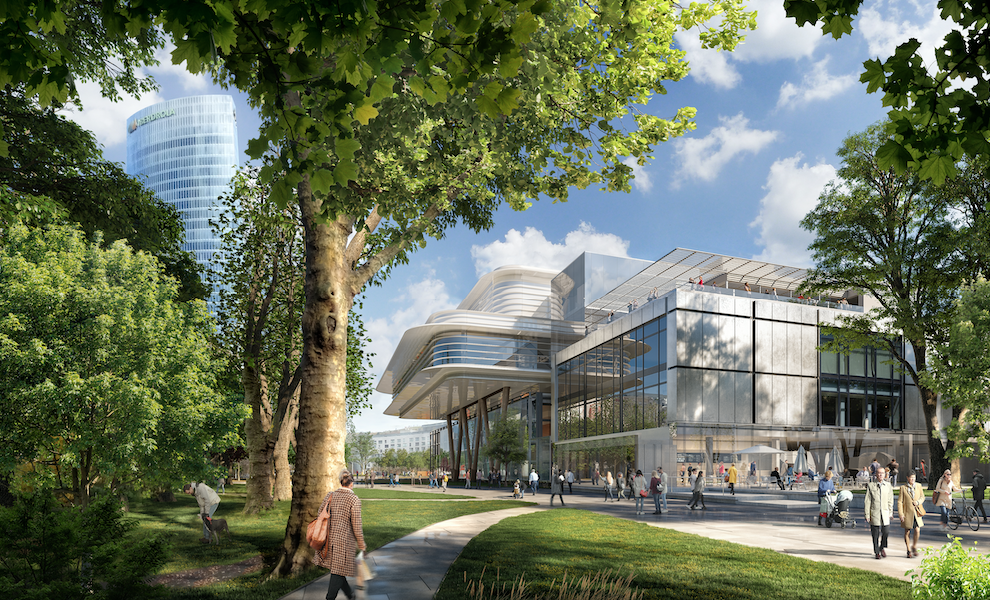 Ampliació del Museu de Belles Artes Bilbao
Ampliació del Museu de Belles Artes Bilbao
The museum is then considered a place for pleasure
In a text from 1923, Paul Valéry criticized the Louvre Museum. He said that when you were inside you wanted to go back to the good weather outside the museum. In a way, Valéry was trying to claim the pleasure of architecture's relationship with the work of art - be it a sculpture, a drawing, a painting, a video, an installation... - in a space where the body every visitor leaves with an experience that must be memorable and satisfying. But this experience is not alien to reality. The museum must commit itself to the challenges that society faces. Art is always concerned with the problems of the human being at every moment, with what is happening in the world and also with its own human condition.
On the other hand, museums are acquiring a very noticeable visibility for some claims.
Yes, correct. Many times I think that we should understand museums more than as heritage of humanity as authentic reserves of biodiversity. We must know how to convey to society that art is very fragile, sometimes almost more fragile than nature itself. They must know how to create spaces where art is protected from environmental pollution, from contemporary contingencies, from fashion, in short. The Bilbao Fine Arts Museum can aspire to be this refuge for art, something relevant that we can propose to society in the coming years.
In this sense, you have brought contemporary and old pieces into dialogue. This already gives another profile to the museum.
The clearest sign of a museum's health is that the collection is still growing. In other words, you always need to expand the space to be able to contain what the museum acquires or receives as a donation. Very recently we had a wonderful donation from Roberto Sáenz de Gorbea. It is the background of one of the most important contemporary art galleries in Bilbao. And this is a magnificent opportunity to incorporate into the museum's art sequence a kind of concrete stratigraphy of what such an important platform as an art gallery in a city brings about the artistic events between the eighties of the last century and the first decades.
This also creates the need to dedicate spaces to be able to contain the numerous donations. And indeed, how to solve it also begins to become a part of the museum's performance. The most radical are always the Dutch. For example, the Museum Boijmans Van Beuningen is renovating the historic building, but at the same time instead of making a warehouse inaccessible to the public it has been converted into a building that can be visited. In other words, the warehouse itself becomes an element of public activity of the institution. They are very interesting formulas. We, in principle, are not as radical as the Dutch, although we will resolve this incorporation of new elements.
How do you think the new patronage law can help make these collection donations more visible?
The Bilbao Fine Arts Museum is one of the museums in the state with the most sustained and important support from society over time: almost 70% of the collection comes from donations and legacies. Museums represent the commitment that a community, a society, has to the art of its time, and therefore it seems that this commitment is embodied extraordinarily well in private collecting. At the same time as the promotion of public museums, it is necessary to encourage private collecting because it is the parallel history of art that is being built around it and that, if the museum is able to create ties of collaboration, surely will end up enriching the institution. Cultivating this relationship between the museum and the collectors and cultural agents in its environment is one of the most important efforts that I have been able to contribute in recent years and which has resulted in an increase in heritage both in the number of works and in the value of the collections entered.
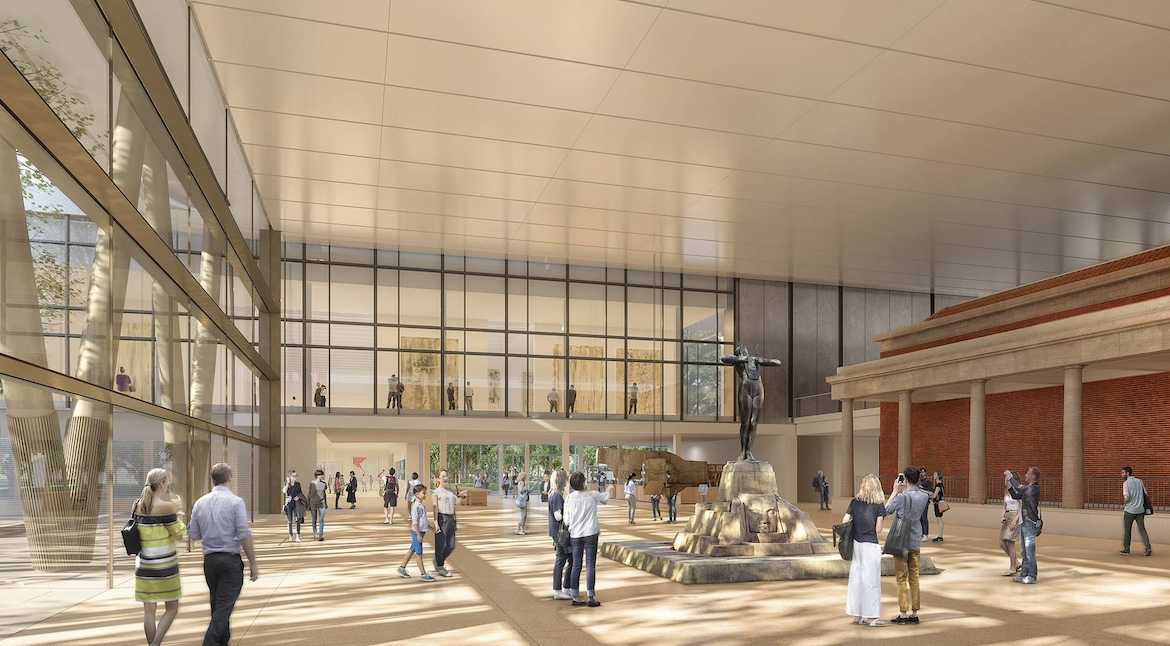 Ampliació del Museu de Belles Artes Bilbao
Ampliació del Museu de Belles Artes Bilbao
What is needed is education and sensitivity. His father, Leopold, had been a great activist in the world of culture. The transmission through the family, through education, the training that can be given from museums on an educational scale, all this is almost better than having to legislate, isn't it?
Traditions are certainly important. I inherited from my parents a commitment to culture and art that I have turned into my profession. This transmission between generations is very important. However, there are no author museums. Few directors are able to make museums that represent only the personality or vision of art. The Museum of Fine Arts of Bilbao is the result of a good modern tradition, which has always been adding, sustaining, increasing and enriching itself with new pieces of value and interest.
In terms of management, you who have been to large museums, what do you find positive in smaller museums?
When they asked me to go to the Prado Museum they were looking for management experience. In other words, what we rehearsed in the six years that I was in charge of the Bilbao Fine Arts Museum was what they wanted to be implemented in the Prado. The commitment of each museum is different. Each institution must be understood in its extraordinary originality. A museum is an institution that owes to conservation, to knowledge, to the promotion of its collection in front of society, to education... But, at the same time, it is a complex organization that needs to be managed. Bringing this double life of the museum and leading it in a good way was the contribution that, I think, I was initially able to bring to the Prado. We incorporated support from the private sector, sponsorships, friends of the museum, the commercial activity of the museum, etc., giving the museum viability not only in cultural terms.
Faced with the retirement of Juan Ignacio Vidarte, whoever is in charge of the Guggenheim is an important profile, especially because it is a very backbone for culture and art in Bilbao. What profile do you think the new director should have? How has your relationship with him been?
Juan Ignacio has been an absolutely fundamental figure. His name is among the three or four proper names of the Guggenheim Bilbao project. He is the one who traces the entire chronology of the project, from the beginning until today. The relationship has always been very good in the personal aspect and I honestly believe that he, although he did not come from the cultural and artistic field, has given us several lessons on how a museum should be managed in the 21st century. It is an inevitable farewell by his own decision, but it is very important to preserve this precise, clear, strategic vision of Juan Ignacio in the world of museums.
And finally, how is the relationship with the other museums and centers of Euskadi?
Although the closest museum is the Guggenheim, the Bilbao Fine Arts Museum maintains a very intense relationship with other art platforms in the Basque Country, which demonstrates the richness of the art system in the autonomous community as a whole . During the pandemic, we were asked for more collaboration between three institutions that depended on the Basque Government: us, Artium de Vitoria-Gasteiz and Tabakalera de Sant Sebastià. And a collaborative project was thought of that we call Shared Collection, which we have maintained ever since. Every year, the three institutions agree on the acquisition of works by artists from the context of the Basque Country. In addition to generating a new layer of memory where three institutions - an art production center, a specific museum of contemporary art and a museum of fine arts - collaborate to encrypt the current state of art in our community, this kind of collaboration enriches us enormously.



